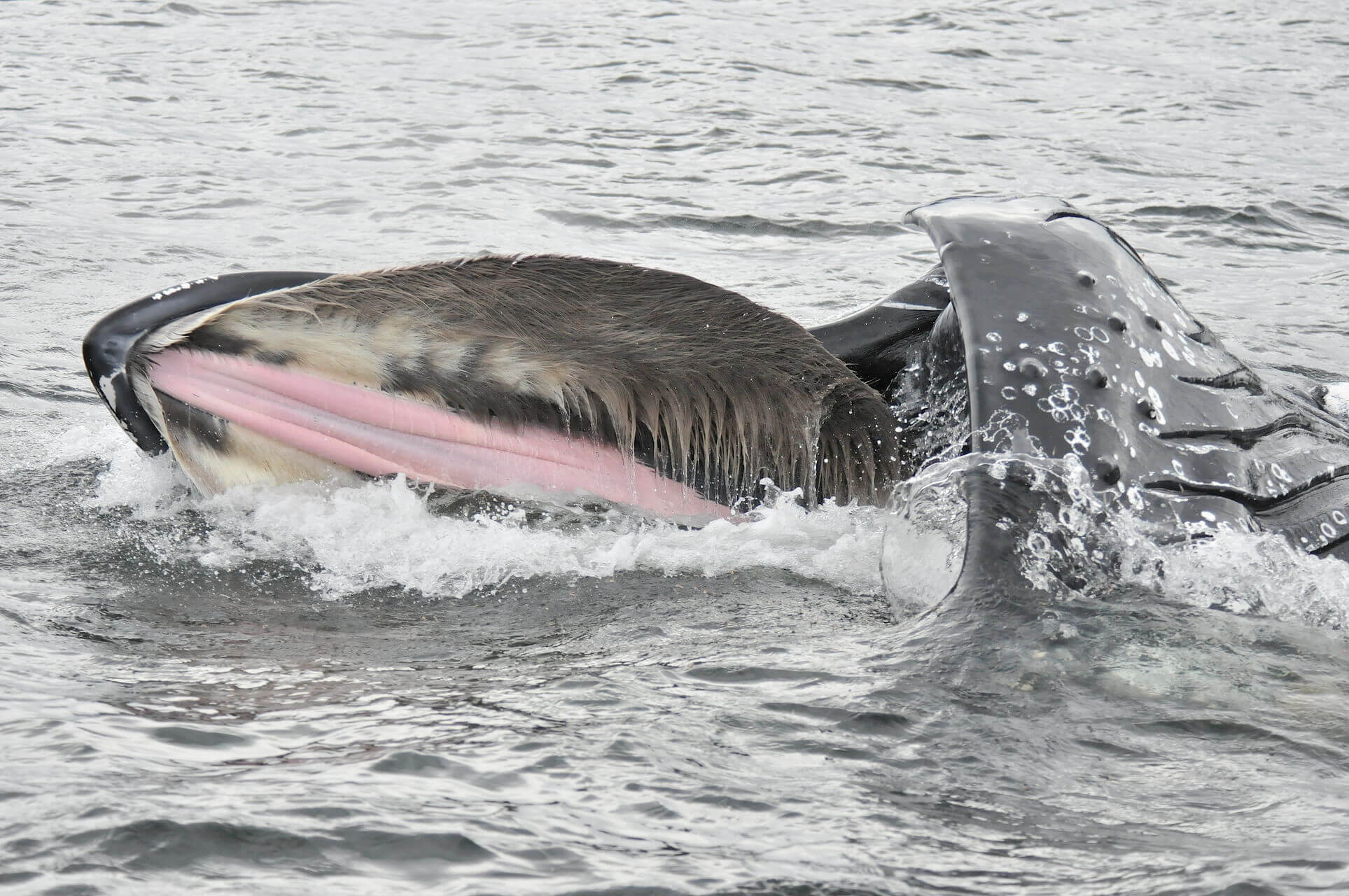

PLoS ONE 16(4):Įditor: Songhai Li, Institute of Deep-sea Science and Engineering, Chinese Academy of Sciences, CHINA Actions to decrease the temporal overlap between whales and pot/trap fishing gear, particularly when whales arrive earlier in warm water years, would likely decrease the risk of entanglements.Ĭitation: Ingman K, Hines E, Mazzini PLF, Rockwood RC, Nur N, Jahncke J (2021) Modeling changes in baleen whale seasonal abundance, timing of migration, and environmental variables to explain the sudden rise in entanglements in California. Humpback entanglement rates were significantly associated with increased counts and early arrival in central California. We maintain that these changes have increased whale exposure to pot and trap fishery gear off the central California coast during the spring, elevating the risk of entanglements. Earlier arrival time without concomitant earlier departure time results in longer periods when blue and humpback whales are at risk of entanglement in the Gulf of the Farallones. Timing was significantly influenced by a mix of local oceanography, regional, and basin-scale climate variables. Date of breeding migration (departure) for all species showed little to no change, whereas date of migration towards feeding areas (arrival) occurred earlier for humpback and blue whales. Humpback whale sightings significantly increased over the study period, but blue and gray whale counts did not, though there was variability across the time series. We then created a forecast model to predict the timing of migration.
BALEEN WHALE DRIVERS
These drivers included local, regional and basin-scale patterns the latter included the El Niño Southern Oscillation, the Pacific Decadal Oscillation, and the North Pacific Gyre Oscillation, which influence, wind-driven upwelling, and overall productivity in the California Current System. We then used linear models to assess trends in the timing of migration, and to identify potential environmental drivers. Using 24 years of daily whale counts collected from Southeast Farallon Island, we developed negative binomial regression models to evaluate trends in local whale sightings over time. We hypothesized that changes in the timing of migration off central California were driven by local oceanography, regional upwelling, and basin-scale climate conditions.

We document changes in the number of sightings and timing of humpback ( Megaptera novaeangliae), blue ( Balaenoptera musculus), and gray ( Eschrichtius robustus) whale migratory phases in the vicinity of the Farallon Islands, California.


 0 kommentar(er)
0 kommentar(er)
